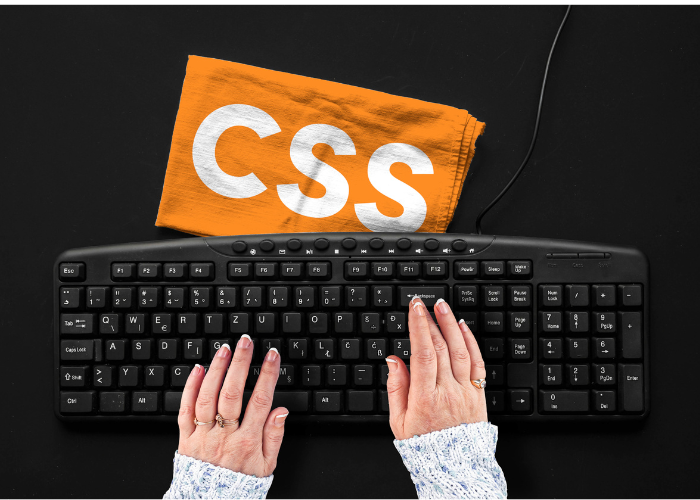Web development has become faster and more efficient with the help of CSS frameworks. These frameworks provide a set of pre-designed components, enabling developers to style their websites quickly and consistently. One of the most popular frameworks is Bootstrap, which offers a comprehensive toolkit for creating responsive and mobile-first designs. Let’s explore the basics of CSS frameworks and why Bootstrap is a favorite among developers.
What is a CSS Framework?
A CSS framework is a collection of ready-made CSS code that simplifies the process of designing and styling web pages. It includes predefined classes and components, making it easier to build layouts, navigation bars, buttons, and forms. If you’re just starting, understanding the fundamentals of CSS3 styling can help you get a grasp before diving into a framework.
Why Use CSS Frameworks?
CSS frameworks offer several advantages:
- Speed: They save time with pre-built components, reducing the need to write custom CSS.
- Consistency: Frameworks help maintain a uniform design throughout the website.
- Responsiveness: Most frameworks, like Bootstrap, are designed to be mobile-friendly, ensuring your site looks great on any device.
“A well-structured CSS framework is like having a reliable toolkit, making web development faster and more efficient.”
A Closer Look at Bootstrap
Bootstrap is an open-source CSS framework initially developed by Twitter. It provides a variety of pre-styled components and a responsive grid system that allows developers to build layouts quickly. Bootstrap’s mobile-first approach ensures that websites created with it are optimized for various screen sizes, making it a versatile choice for projects of all scales.

The grid system in Bootstrap is based on a 12-column layout, allowing developers to easily divide their content into responsive sections. This flexibility helps in creating layouts that adapt smoothly to different screen sizes.

Security Considerations When Using Frameworks
When implementing CSS frameworks, especially from CDNs, it’s essential to be aware of security aspects like CORS (Cross-Origin Resource Sharing). Using external resources can sometimes expose your site to potential risks. To learn more about CORS and how to secure your API requests effectively, check out this detailed guide on securing API requests.
Integrating JavaScript with CSS Frameworks
Many CSS frameworks, including Bootstrap, offer JavaScript components to enhance user interaction. Features like modals, tooltips, and carousels add dynamic elements to your site. Understanding how JavaScript events work is crucial when integrating these components seamlessly. For a deeper dive into handling JavaScript events, refer to this comprehensive guide.
Conclusion
CSS frameworks like Bootstrap have transformed the way developers approach web design. By utilizing these powerful tools, you can speed up your workflow, ensure consistent styling, and build responsive websites with ease. Mastering a CSS framework, combined with a strong understanding of core web development principles, will elevate your skills and help you create high-quality, professional sites.









